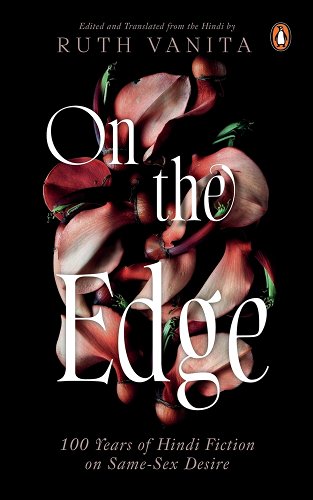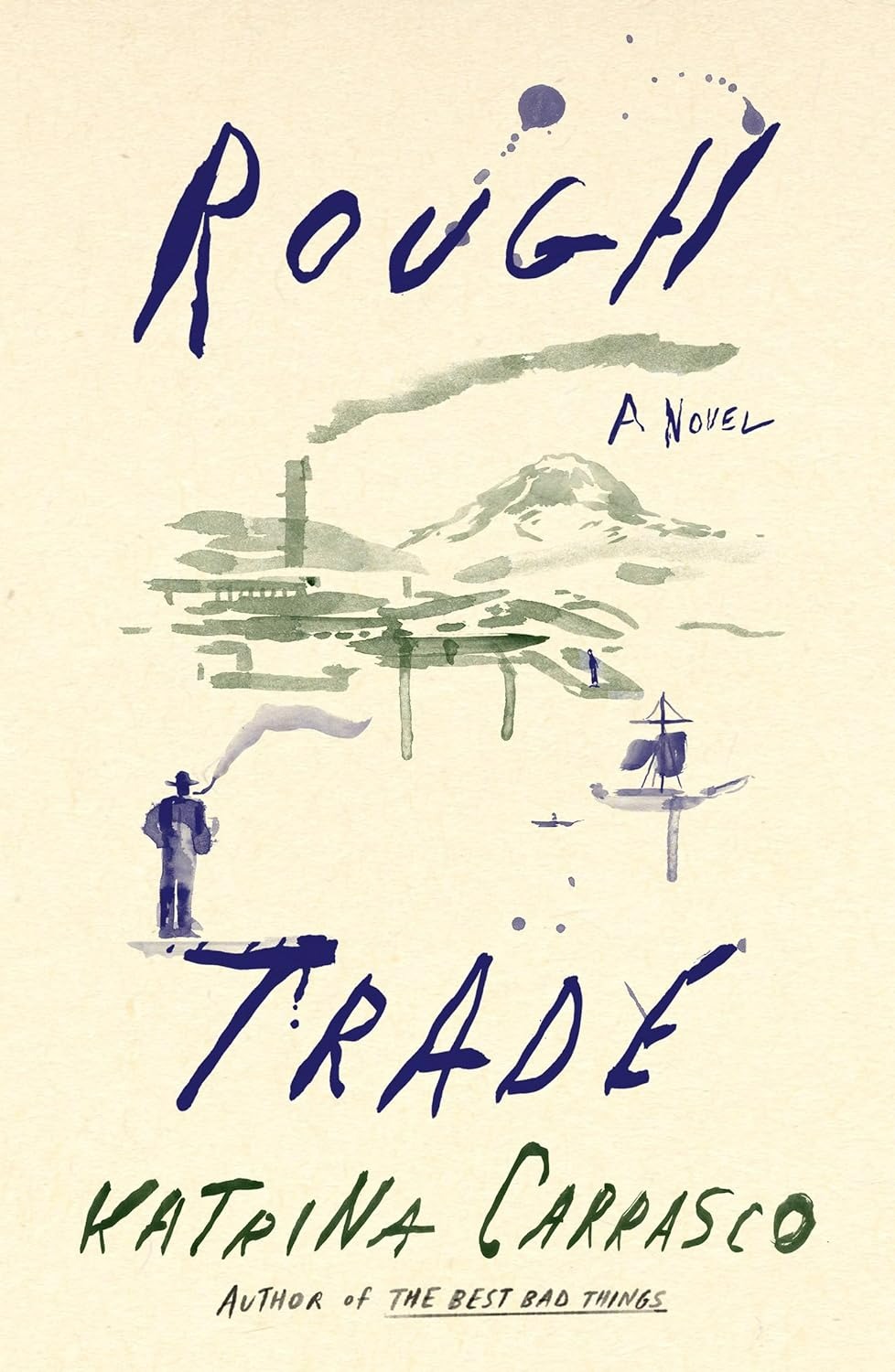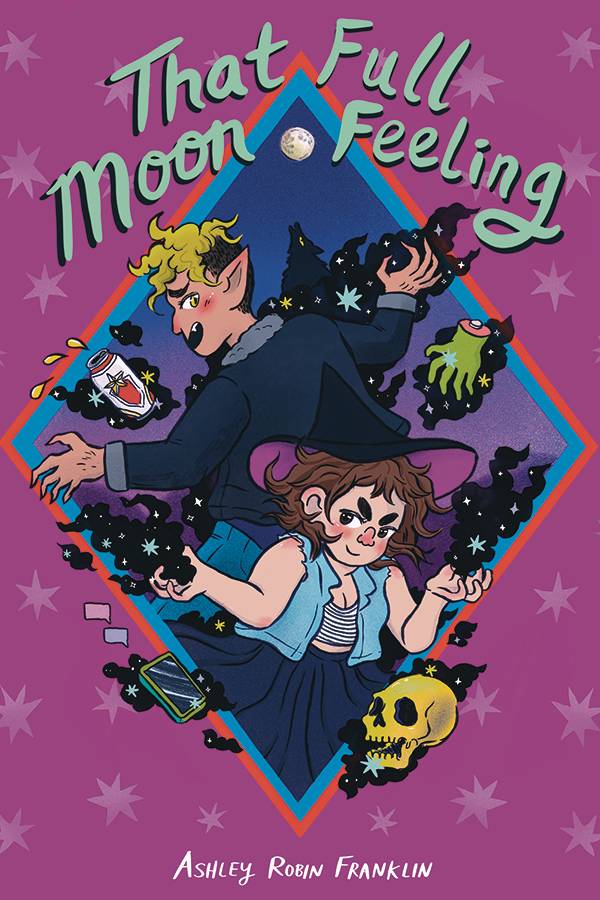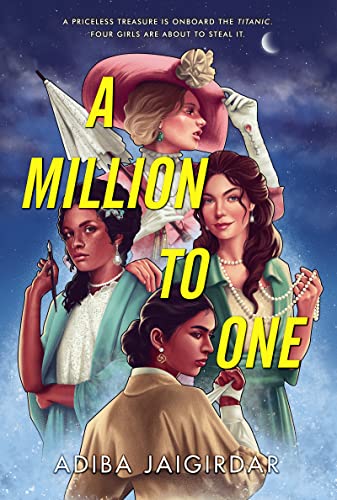As Pride Month draws to a close here in the states, here are three historical fiction books that blend insightful writing with action/adventure, twisty thriller tension, and bon-mot brilliance, respectively. So much of history is about teaching us what has been possible, about what sorts of lives have survived, been mythologized, codified, recognized as worthyRead More
Queer Smuggler-Duggery: Rough Trade by Katrina Carrasco
Buy this from Bookshop.org to support local bookstores and the Lesbrary! (Note: This book is a sequel but can be enjoyed without reading the previous one) Fans of historical fiction with high-stakes hijinks and well-developed human characters with strong internal compasses can rejoice! Rough Trade by Katrina Carrasco opens on the early days of organized labor and careens headlongRead More
LA as a Not-So-Urban Jungle: Undergrowth by Chel Hylott and Chelsea Lim
Bookshop.org Affiliate Link Seventeen-year-old Mariam finds herself surviving a Los Angeles that has been overrun by a magic jungle of horror. Along the way, she meets a group of other survivors, and together they become a family. But Mariam has her secrets. She magically heals and cannot die thanks to a deal with the devilRead More
The Perfect Sapphic Halloween Romcom Comic: That Full Moon Feeling by Ashley Robin Franklin
Bookshop.org Affiliate Link This is a tiny graphic novel—only 64 pages—so I’ll keep this review short. This is a queer romcom about a werewolf and witch going on their first three dates and getting into supernatural shenanigans along the way. There always seems to be something to ruin the romantic mood, like your ex atRead More
A Dashing Lesbian Adventure in Fantasy Egypt: A Master of Djinn by P. Djéli Clark
Amazon Affiliate Link | Bookshop.org Affiliate Link Sometimes when I’m reading/watching something, I think: what if this dashing, cavalier, risk-taking, slightly messy hero was a lesbian? Have you considered doing this exact story, literally nothing changed, except that instead of a vaguely scruffy man, this hero was a vaguely scruffy lesbian? I’m not the onlyRead More
Danika reviews A Million to One by Adiba Jaigirdar
Amazon Affiliate Link | Bookshop.org Affiliate Link This is a YA sapphic heist story set on the Titanic. I’m sure most of you have already stopped reading to go add it to your wishlist, but just in case, I’ll keep going. This is from the author of The Henna Wars and Hani and Ishu’s GuideRead More
Til reviews The Lock-Eater by Zack Loran Clark
Amazon Affiliate Link | Bookshop.org Affiliate Link The Lock-Eater tells the story of Melanie Gate, an orphan sent on an adventure with a gearling in a land of power-hungry wizards, invisible unicorns, humanoid animals, true friends, and cute seamstresses. This is a book that feels very aware of its adherence to the typical—the author definitely knowsRead More
Anna N. reviews Heavy Vinyl by Carly Usdin and Nina Vakueva
Amazon Affiliate Link | Bookshop.org Affiliate Link Considering how important Asbury Park and its history was to me in my formative years, it comes as no surprise that this is the comic I recommend to literally every sapphic I have met since it was published. Seriously, it’s got a diverse cast, excellent characters, genuine heartRead More
Til reviews Crownchasers by Rebecca Coffindaffer
Amazon Affiliate Link | Bookshop.org Affiliate Link Crownchasers by Rebecca Coffindaffer is the story of Alyssa Farshot, a space pilot and member of the Explorers’ Society who wants nothing more than to take risks, break records, and scarf down a greasy hangover cure. Her life takes a sharp turn when the uncle who raised her dies—andRead More
Anna N. reviews Heathen by Natasha Alterici
Amazon Affiliate Link | Bookshop.org Affiliate Link Aydis is a Viking and warrior, raised on stories of wartime valor and battlefield sacrifice by a father who taught her things “unbecoming” of a woman. But she is also sincerely kind, more likely to reach out a hand than draw her sword against a stranger. She isRead More






